The term “future-ancient” adapts a phrase popularized by Robert Webber in a series of “Ancient-Future” books on faith, time, evangelism and worship. Our Basileian adaptation of Webber’s phrase expresses our charism of seeing the future (of Him who is to come) as the dynamic that unlocks in the present (of Him who is) the original potential of what is ancient (of Him who was). Jesus describes Himself as the one “who is and who was and who is to come” (Rev. 1:8), not “who is and who was and will be.” The Kingdom does not “become” something absolutely new and novel (i.e., something “original” in the modern sense of “original”) through an evolutionary process. Rather, the Kingdom is fully formed in the beginning, at the origin of all things, like a mustard seed, being manifested initially in microcosm. Thus all dimensions of originally created reality are the mustard seeds of the future. The coming of the Kingdom is the coming to maturity of these seeds. What the Kingdom shall and should look like, “Eye has not seen, nor ear heard,nor have entered into the heart of manthe things which God has prepared for those who love Him” (1 Cor. 2:9). The original potential yet unpacked in the ancient has been and will continue to unfold in the ages to come. That which is original (i.e., “ancient”) still operates in our present in a kairos manner, being rooted in the created origin of all things (i.e., thus “original” in the pre-eighteenth century meaning of original). While “ancient” expressions of the Kingdom give us a sense of the trajectory of the growth of the Kingdom, to do the faith in a way relevant for today requires that we look to the future to unpack what “God has prepared” in the ancient past, at the original creation of all things. Furthermore, since that which is original has been damaged by evil, the ancient also needs to be healed in order to release the future. While the sun rises in the east, illuminating for us things “ancient” which we remember and bring forward with us on our journey, we follow the sun west on the quest to discover kingdom things future. A practical application of this is our Basileian “ancient” orientation toward the East in Eucharistic worship and our “future” orientation toward the west in our practice of being Voluntary Exiles. This does not mean that our Eucharistic Worship is “ancient” only, but rather that ancient elements are expressed in a future oriented way. Likewise, being Voluntary Exiles with a future orientation does not mean that we ignore things ancient, but that we heal them, unpack them and reformat them even as God reformatted the pattern of the Tabernacle into the pattern of the Temple.
See Eucharistic Worship, Expansion of Authority, Heavenizing Earth and Voluntary Exiles.
